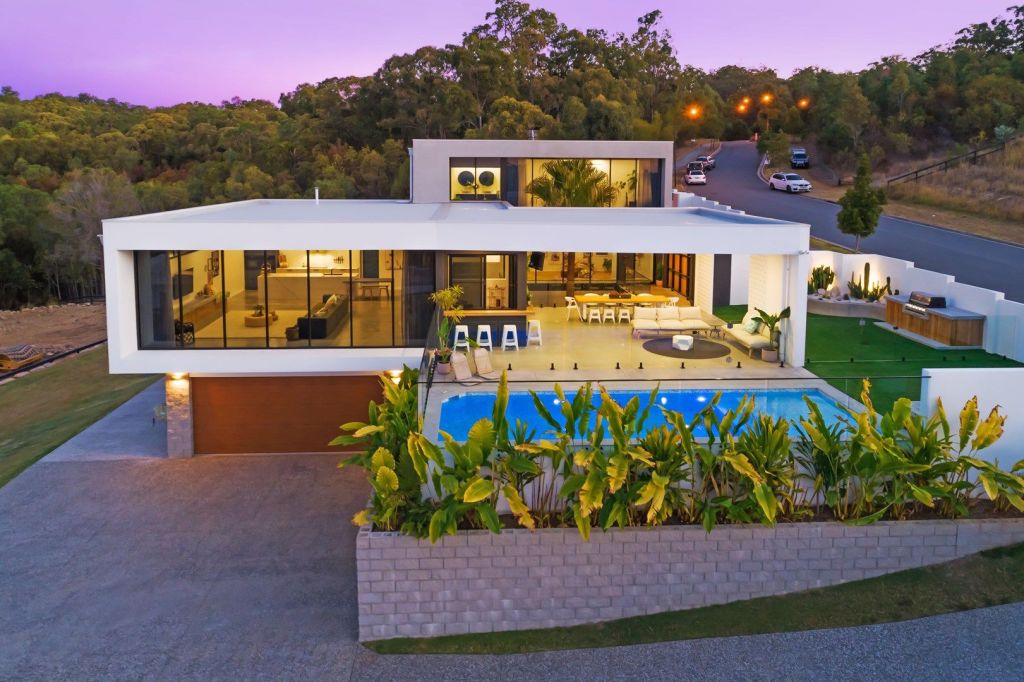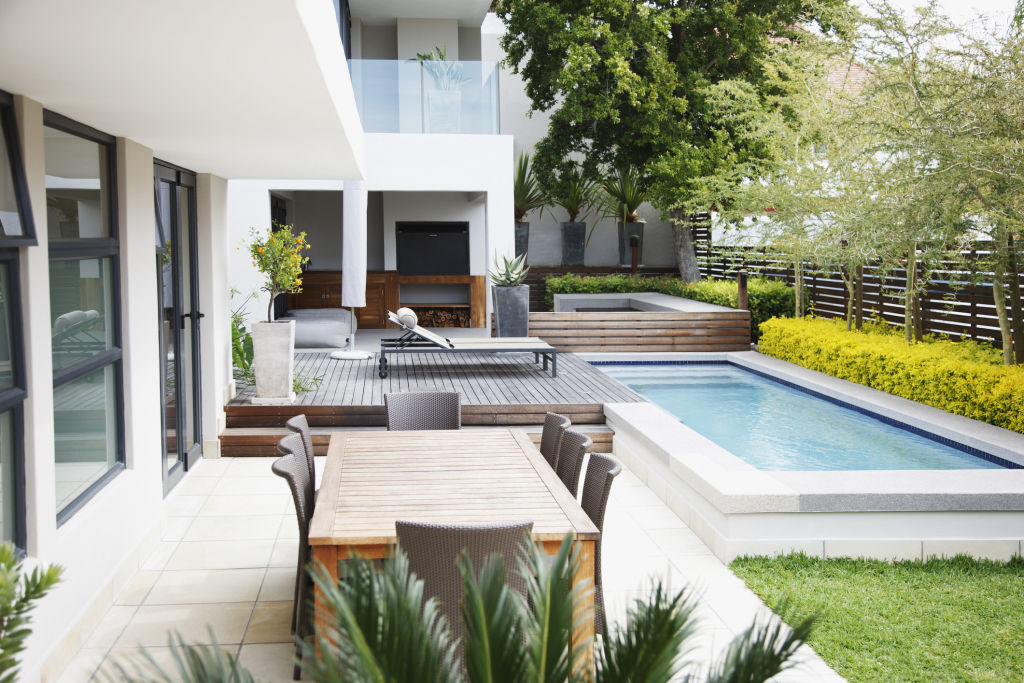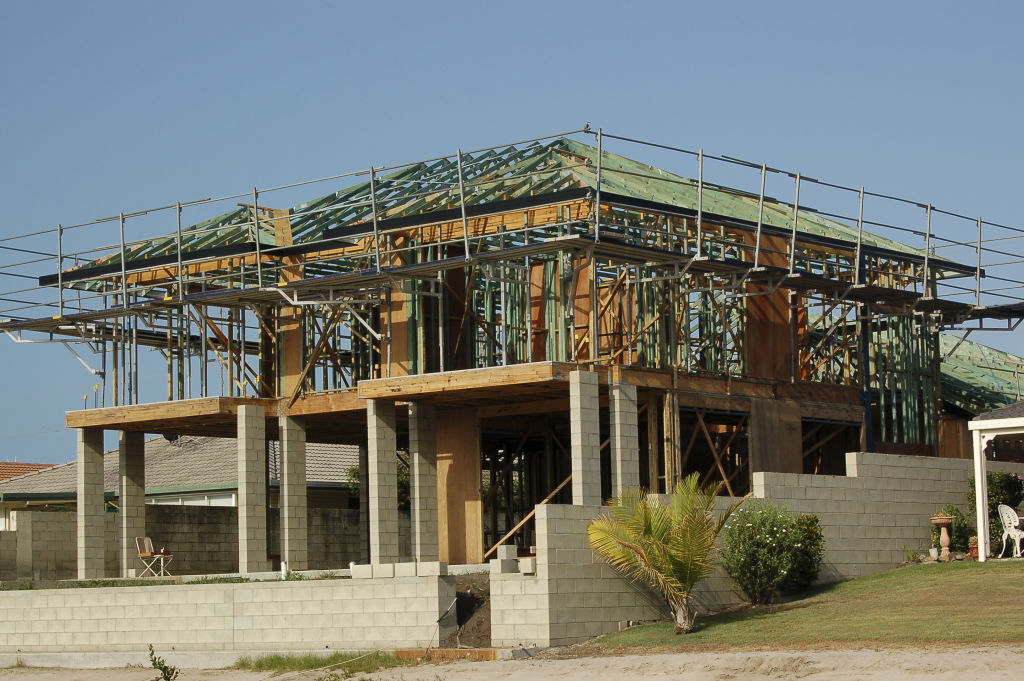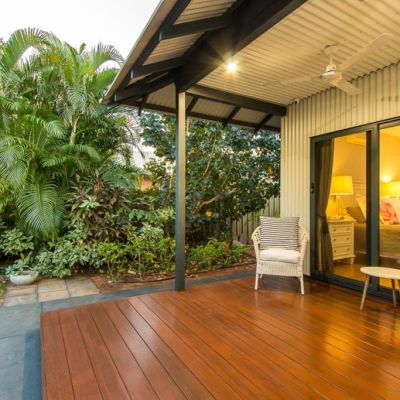How to save money building your dream home: Expert tips to make the most of your budget

Designing your custom home should always be a fun experience. A good designer will encourage you to turn your dreams into reality at every stage of the process.
But, even in a competitive home-building market, there is always a balance between desire and affordability.
Before committing to a process that is likely to be the biggest financial commitment of your life, it’s important to have a rigorous financial health check. Nobody wants to stretch beyond a reasonable reach, even if it is for a dream custom home.
You should arrange for a specialist mortgage broker with construction-loan experience to review your personal circumstances and advise you on how to secure the best financing for your project.
Once you know what you can afford, these tips can help you make the most of your budget.
Build for the block
Make the most of the natural features, contours and shape of your block. This will save a fortune in foundation work and retaining walls. If you have mature plants, you can save, then the cost of landscaping will reduce.
Exploit to the limit your state’s development codes or planning regulations as they apply to the building block. Building extra space costs, but a good designer or building broker can advise you on which areas of the build cost less, and get you a generous home that maximises what’s legal for the lowest possible price.

Include as much living space on the north-facing side of your home. Winter sun can greatly reduce your heating bills and summer sun on entertaining areas and outdoor space improves the appeal of the home.
Conversely, keep the bedrooms on the south-facing elevation wherever possible. Comfort from a cool bedroom away from the hot summer sun will reduce airconditioning costs and improve the liveability of your home.
Save with smart design
Keep the perimeter of the home as regular as possible. Lots of indents and direction changes add length to the perimeter and increases the build cost considerably.
The same goes for the roof shape. Complex hip-and-valley construction costs far more than a simple shape.

Stay single storey if you can because two-storey homes can be costlier. If your block dictates that you must go up, then use designers with a good record in multi-level building, who will customise your two-storey home to the best possible size, shape and price.
Use standard window and door sizes from a widely used range. This makes the building easy to construct, and big suppliers will have better after-sales service if you have a problem down the track needing spare parts.
Specify built-in cupboards robes and storage spaces. This reduces the need to buy free-standing units, and also saves a huge amount of space in your rooms.
Clever options and features
Build in as much “whole-of-life” savings as you can afford by building with low maintenance in mind and installing appliances or equipment that won’t date too quickly or cost much to run.
Consider making the most of your budget in the key areas your friends and family will see in your home. Reduce the specification considerably in the secondary bedrooms and bathrooms, study, and less-used spaces. This will leave more money for the powder room, living area, entry statement and kitchen, so that you can wow your guests and still keep the budget tight.

Keep landscaping simple, but effective. Remember that plants and shrubs soon grow, so specify small sizes to keep the cost down and let nature take its course as your garden matures over time.
Take advantage of a building broker’s huge buying power and specify as much as possible for your home within the build package. This will mean that you benefit from the great deals they have in place with major suppliers that you won’t get if you shop alone after the build is done.
Make certain that your house is not the best in the street. Look at the prices of the homes around you, and design so that your homes falls among the median values. Overdeveloping a block can be costly mistake.
Above all, don’t commit to an architectural design without getting proper cost advice at the same time. Architects will design to your concept and do amazing work for you, but they are not necessarily cost experts. It’s far better to engage a designer who can work with a cost adviser and develop the design within budget as they go.
Paul Cheverall is the managing director of Home Builders Advantage.
We recommend
States
Capital Cities
Capital Cities - Rentals
Popular Areas
Allhomes
More










